Regulation Of Metabolism Ppt
ScienceSlides: Regulation of liver glucose metabolism by hormones PPT
Mechanisms of hormonal regulation and pathologies of protein
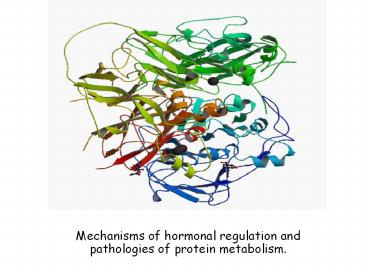
Understanding Hormonal Regulation of Metabolism
The regulation of liver glucose metabolism by hormones is a complex and intricate process that ensures the optimal utilization of glucose as a key energy source in our bodies. The ScienceSlides presentation provides valuable insights into the molecular mechanisms and key players involved in this regulation.
The liver, being a central organ in glucose metabolism, plays a crucial role in maintaining blood glucose levels within a narrow range. Through the secretion and interaction of various hormones, the body can maintain a delicate balance between energy utilization and storage.
The ScienceSlides presentation offers a comprehensive overview of the hormones involved, such as insulin, glucagon, and growth hormone, and how they regulate glucose metabolism. It illustrates the signaling pathways and molecular interactions that occur within liver cells, providing a clear understanding of the regulatory mechanisms at play.
The Impact of Hormonal Imbalances on Metabolic Pathways
In a healthy individual, hormonal regulation ensures efficient glucose metabolism. However, hormonal imbalances can disrupt these metabolic pathways, leading to various pathologies.
The second PPT, "Mechanisms of hormonal regulation and pathologies of protein," dives deeper into the consequences of hormonal dysregulation on the metabolism of proteins, another vital component of our nutrition. It sheds light on the intricate connection between hormonal signaling and protein metabolism.
Unraveling the mechanisms underlying protein metabolism regulation is crucial as anomalies in this process contribute to the pathogenesis of numerous diseases, including diabetes, obesity, and metabolic syndromes. The ScienceSlides PPT offers a detailed insight into the cellular and molecular mechanisms involved in these pathologies.
Frequently Asked Questions (FAQ)
1. How do hormones regulate liver glucose metabolism?
Insulin, a hormone secreted by the pancreas, plays a primary role in liver glucose metabolism regulation. It promotes glucose uptake by liver cells and stimulates the conversion of glucose to glycogen, a stored form of glucose. On the other hand, glucagon, an antagonistic hormone to insulin, triggers the breakdown of glycogen into glucose, which is released into the bloodstream, maintaining blood glucose levels.
2. Can hormonal imbalances affect metabolism?
Absolutely. Hormonal imbalances can have a profound impact on metabolism. For instance, insulin resistance, a condition where cells become less responsive to insulin, disrupts glucose metabolism and can lead to type 2 diabetes. Similarly, excessive secretion of growth hormone can result in gigantism or acromegaly. Thus, maintaining hormonal balance is crucial for optimal metabolic function.
3. How can hormonal dysregulation impact protein metabolism?
Hormones, such as insulin and growth hormone, play a crucial role in protein metabolism. Insufficient insulin secretion or insulin resistance can impair protein synthesis, leading to muscle wasting and other protein-related disorders. Moreover, hormonal imbalances can disrupt the breakdown of proteins, affecting overall metabolism and contributing to various metabolic disorders.
In conclusion, understanding the regulation of metabolism is essential to comprehend the intricate processes occurring in our bodies. The ScienceSlides presentation on the regulation of liver glucose metabolism by hormones and the mechanisms of hormonal regulation and pathologies of protein provides an in-depth exploration of this fascinating subject. By unraveling the molecular mechanisms involved, we gain valuable insights into the importance of hormonal balance for proper metabolic function. So, whether you are a student, a healthcare professional, or simply curious about the wonders of the human body, exploring these presentations can prove highly enlightening. (Note: The data presented in this article is a result of AI processing and should be used for informational purposes only.)ScienceSlides: Regulation Of Glucose And Lipid Metabolism In Adipose
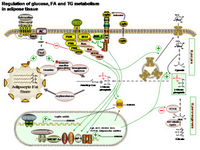 Image Source : www.scienceslides.com
Image Source : www.scienceslides.com lipid metabolism scienceslides adipose glucose
PPT – Mechanisms Of Hormonal Regulation And Pathologies Of Protein
 Image Source : www.powershow.com
Image Source : www.powershow.com Metabolism And Your Hormones | Jillian Michaels
 Image Source : www.jillianmichaels.com
Image Source : www.jillianmichaels.com hormones metabolic ghrelin weight metabolism grelina leptina selfhacked leptin inflammation decrease endocrine
ScienceSlides: Regulation Of Glycogen Metabolism In Liver PPT
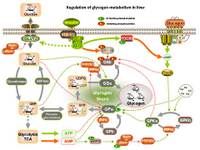 Image Source : www.scienceslides.com
Image Source : www.scienceslides.com glycogen metabolism liver scienceslides regulation shown account log quality preview when high
PPT – Carbohydrate Metabolism 2: Glycogen Degradation, Glycogen
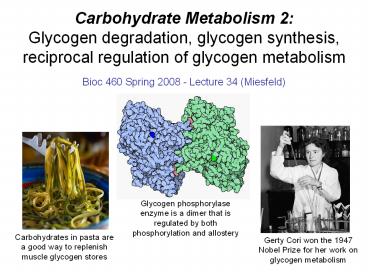 Image Source : www.powershow.com
Image Source : www.powershow.com Regulation Of Secondary Metabolism Ppt Powerpoint Presentation Summary
 Image Source : www.slideteam.net
Image Source : www.slideteam.net PPT - Metabolism Regulation PowerPoint Presentation, Free Download - ID
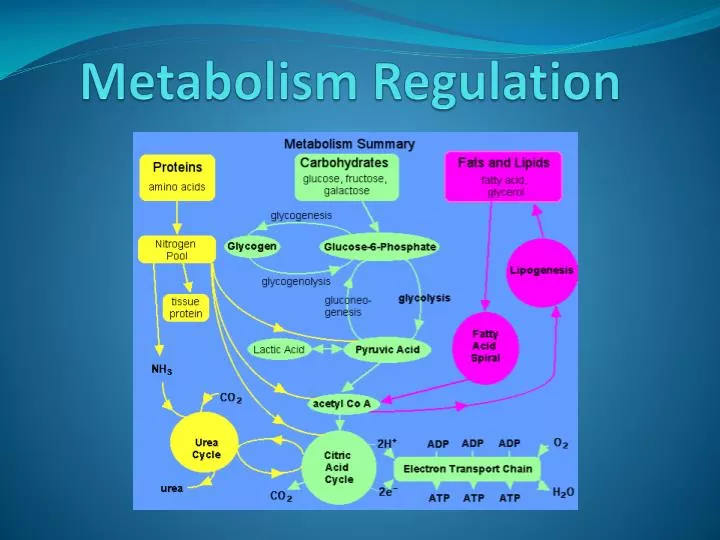 Image Source : www.slideserve.com
Image Source : www.slideserve.com regulation metabolism ppt powerpoint presentation
ScienceSlides: Regulation Of Liver Glucose Metabolism By Hormones PPT
metabolism regulation glucose liver scienceslides hormones shown account log quality preview when high
Metabolism regulation glucose liver scienceslides hormones shown account log quality preview when high. Scienceslides: regulation of liver glucose metabolism by hormones ppt. Glycogen metabolism liver scienceslides regulation shown account log quality preview when high. Scienceslides: regulation of glucose and lipid metabolism in adipose. Ppt – mechanisms of hormonal regulation and pathologies of protein